Why this cultured gem has just been named the world's greatest city
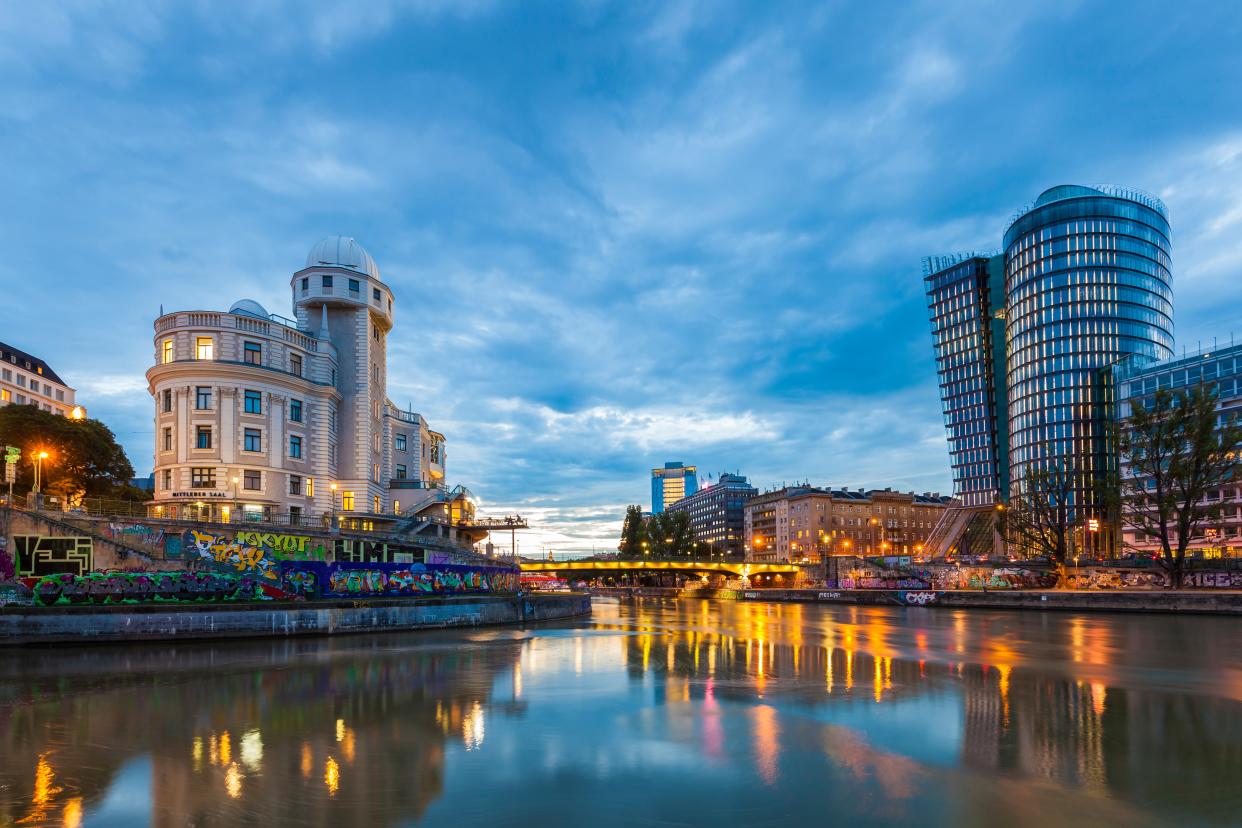
Vienna has ousted Melbourne as the number one city in the annual Global Liveability Index.
The Economist Intelligence Unit’s 2018 ranking examined five categories - stability; healthcare; culture and environment; education; and infrastructure - in 140 destinations. It awarded the Austrian capital top marks in four, and a mark of 96.3 for culture and environment, to give it an overall score of 99.1 out of 100. Melbourne, number one for seven consecutive years, had to settle for second with 98.4.
The top 10 was completed by three Canadian cities (Calgary, Toronto and Vancouver - the only city given full marks for culture and environment), two Japanese cities (Osaka and Tokyo), two more Australian cities (Sydney and Adelaide), and the Danish capital Copenhagen.
Top 10 | The world's most liveable cities
London languished in 48th, with overstretched infrastructure and high crime rates to blame. Paris came 19th and New York 57th.
Propping up the table was Damascus with a score of 30.7. Dhaka, Lagos, Karachi and Port Moresby in Papua New Guinea were also among the bottom five.
Bottom 10 | The world's least liveable cities
Scores generally rose this year compared with 2017, “a reflection of improvements seen in stability and safety across most regions”, according to the report.
It added: “Although four cities have fallen from the top ten over the past year - Auckland (from 8th to 12th), Perth (from 7th to 14th), Helsinki (from 9th to 16th) and Hamburg (from 10th to 18th) - none of these have seen a fall in their overall scores during this period. New Zealand’s Auckland has in fact registered a minor improvement.
“Overall liveability across all cities surveyed increased by 0.7 per cent in the past six months and 0.9% in the past year. Improvements were recorded across all five categories measured—infrastructure, stability, education, healthcare, and culture and environment—but especially in stability, which increased by 2.5 per cent overall.”
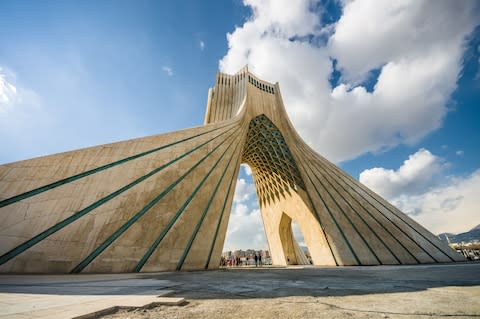
The biggest improvers over the last five years, in terms of overall score, are Abidjan (Cote d’Ivoire), Hanoi (Vietnam), Belgrade (Serbia), Tehran (Iran) and Ho Chi Minh City (Vietnam). The biggest decliners, meanwhile, are Kiev (Ukraine), San Juan (Puerto Rico), Damascus (Syria), Caracas (Venezuela) and Asuncion (Paraguay).
While this year was the first that Vienna topped The Economist Intelligence Unit’s survey, a rival ranking - Mercer’s Quality of Living Index - has put the Austrian city at number one for eight consecutive years.
The PwC Cities of Opportunity Index puts London on top, and Telegraph readers named Cape Town their number one in last year Telegraph Travel Awards.
Which really is the world's best city?
What makes Vienna so special?
By Nick Trend
There is something very special about Vienna - and not just as a place to live. It is hugely underrated as a tourist destination.
Sure, you will see plenty of coach tours thronging to the Spanish Riding School, and excited tourists bumping along the cobbled streets of the old town in open horse-drawn carriages. But head for the main museum - the Kunsthistorisches, that fabulously grand neo-Renaissance palace of art and culture just off the Ringstrasse - and you will be able to walk in without queuing. This despite the fact that it has one of the greatest collections of old masters in Europe - easily rivalling the Prado, the National Gallery, the Hermitage and the Louvre. Highlights from what was once the Habsburgs’ royal collection include three of the Seasons paintings by Bruegel, and seminal work by Rubens, Titian, Velasquez, Vermeer, Durer, Raphael - it’s a long long list and a great one. Yet it gets just 850,000 visitors a year - that’s one tenth of the number which floods into the Louvre.
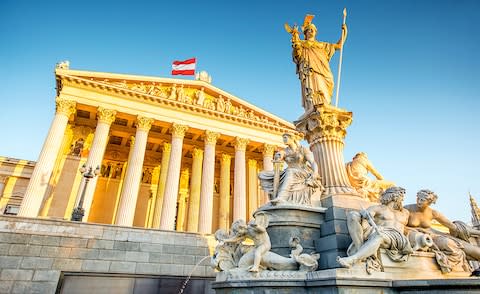
Perhaps you prefer something more modern? Head round the corner to the Leopold Museum for radical 20th-century works by Egon Schiele. Or up to the Belvedere Palace for a spectacular collection of Klimts. And if you enjoy palaces, the two great Habsburg Imperial residences, the Hofburg (home to the Spanish Riding School) and the Schonbrunn are extraordinarily extravagant architectural testaments to power, wealth and influence of the family which, for centuries, reigned absolute over vast swathes of central Europe.
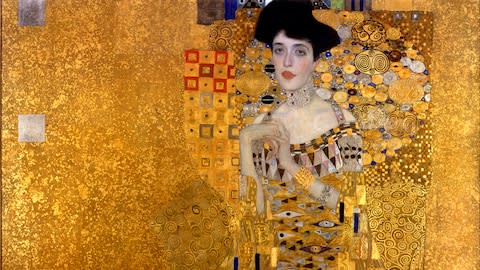
If your eyes are glazing over, Vienna isn’t just about art and history. This is a city which wears its culture lightly, a city with its own vineyards, and more to the point, where cafe society was invented. Nowhere has the art of relaxing over coffee or hot chocolate been elevated to such heights, or accompanied by such good cake and quite so much whipped cream.
Suitably refreshed you will no doubt be up for some musical culture. Here too Vienna is a non-pareil. The city of Mozart, Haydn and Beethoven does not rest on its musical laurels - the great tradition still thrives, and it is still home to one of the world’s greatest orchestras - the Vienna Philharmonic - the State Opera, lively chamber music scene; (and, I’m told, a growing reputation for rock festivals).
But my final salute is more prosaic - it goes to Vienna’s public transport system. Not the metro which serves the suburbs, but the red-and-white trams which circumnavigate the Ringstrasse. You can walk across the old town in half an hour. But to appreciate the monumental grandeur of one of Europe’s most remarkable avenues, you need to take the tram. Sit back and enjoy the view as you trundle past the coffee shops, and parks, the Steinway showroom, the grand hotels, the Hofburg palace and, most impressively of all, a succession of some of the most imposing architecture of the 19th century, from the splendid Burg theatre to the neoclassical parliament, and of course, the great neo-Renaissance domes of the Kunsthistorisches museum.
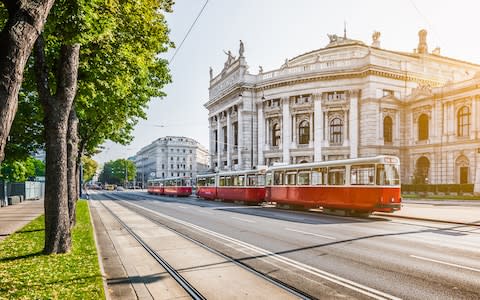
That tram ride sums it all up. The great achievement of Vienna is that way that it manages to keep its grandeur on a human scale. It has the charm, scale and good looks of an English cathedral city, and yet the history and traditions and sophistication of one of Europe’s great historic capitals.
What to see and do - and where to stay - in Vienna

